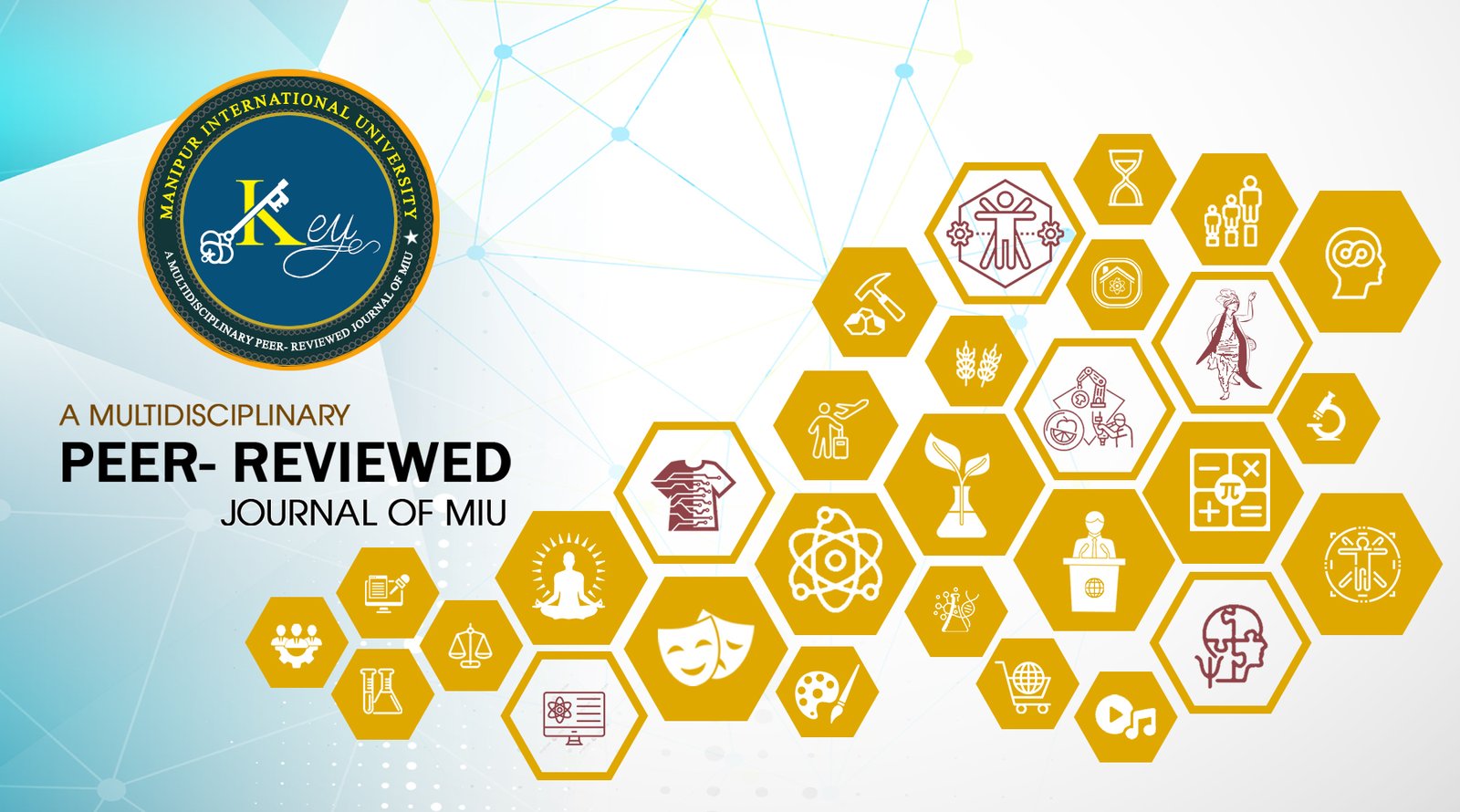Author Guidelines
The “Key” welcomes submissions of original research papers, reviews, case reports, and brief communications. Submissions can come from any area of science, engineering, social sciences, humanities, or related fields. Authors should go through the given instructions before sending their manuscripts.
1. Categories of Submissions Accepted
· Original Research Articles should range between 3,000 and 6,000 words.
· Review Articles fall within 4,000 to 8,000 words.
· Short Communications are 1,500 to 3,000 words long.
· Case Studies or Reports need to stay between 1,500 and 3,500 words.
· Editorials or Commentaries are issued by invitation.
· Protocol should be within 4000 words.
2. Format for Submissions
· Authors need to submit manuscripts using MS Word (.doc or .docx) format.
· Write in Times New Roman, size 12 double spacing, and keep 1-inch margins on all sides.
· Divide research articles into these sections:
Title
Authors list (provide ORCID ID if possible)
Affiliation(s)
Corresponding author with email address
Abstract (between 150 to 250 words)
Keywords (4 to 6)
Introduction
Materials and Methods
Results
Discussion
Conclusion
Acknowledgements (if applicable)
References
Declaration on the conflict of interest
3. Abstract and Keywords
· Write a brief abstract that explains the goal, process main results, and overall conclusion (avg. 250 words).
· After it, include 4 to 6 related keywords.
4. Name of the author(s)
· The list of the author in order of contribution should be provided clearly.
· Respective affiliation of the author(s) should be given as superscripted small alphabets with their names.
· Email id of the corresponding author should be clearly indicated.
· Authors are encouraged to provide their respective ORCID IDs.
5. Reference format
Follow the referencing rules from APA 7th Edition.
Add DOIs or URLs whenever possible.
For Journal articles
· Example: Thakur D., Chauhan, R., & Tamang, J. P. (2022). The variety of lactic acid bacteria in fermented foods. Journal of Food Science 87(2) 123–135. https://doi.org/10.1111/1750-3841.16022
For edited books
Das, A., & Singh, R. (Eds.). (2020). Sustainable practices in Northeast India. Springer.
For chapter in edited books
Kumar, V. (2020). Traditional ecological knowledge in tribal communities. In R. Singh & A. Das (Eds.), Sustainable practices in Northeast India (pp. 45–62). Springer. https://doi.org/10.1007/978-3-030-12345-6_3
Website
World Health Organization. (2023, March 15). Probiotics in food: Health and nutritional properties. WHO. https://www.who.int/publications/probiotics-food
Patent
Singh, R., & Devi, M. (2022). Probiotic composition derived from fermented bamboo shoots (Indian Patent No. IN202211024567). Indian Patent Office. https://ipindia.gov.in/
6. Visuals and Tables
· Send pictures in JPEG or PNG format at a minimum resolution of 300 dpi.
· Insert (editable) tables and graphs into the manuscript and number them as mentioned serial wised.
· Include meaningful titles and captions with all figures and tables.
7. Ethical Guidelines
· Authors need to confirm their work is original free from plagiarism, and does not break copyright laws.
· Mention ethical approval for research involving humans or animals whenever necessary.
· Disclose any possible conflicts of interest.
8. Submission Process
· To submit, authors must create an user id on the OJS site given for the journal:
· Authors are encourage to accompany the following files separately while making the submission
o A cover letter explaining the article's purpose and why it matters
o A statement about authorship and any conflicts of interest
9. Article Processing Charges (APC)
Accepted manuscripts will require to pay a minimal article processing charge (APC) of
· ₹5000 only for Indian author(s)
· and 100 USD for other nationals
(This is subject to change. Updates will appear on the official website.)
10. Online First policy
The journal has a policy for easing up author’s work by making it available as soon as the article is accepted before assigning the volume and issue numbers.
Copyright and Licensing
· The journal uses an open-access publishing system.
· Authors keep their copyright but allow the journal first publication rights.
· Articles are released under the Creative Commons Attribution (CC BY 4.0) license.

